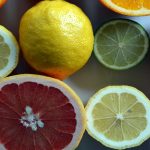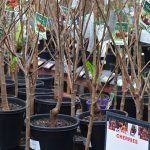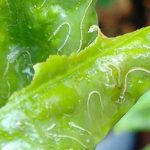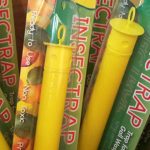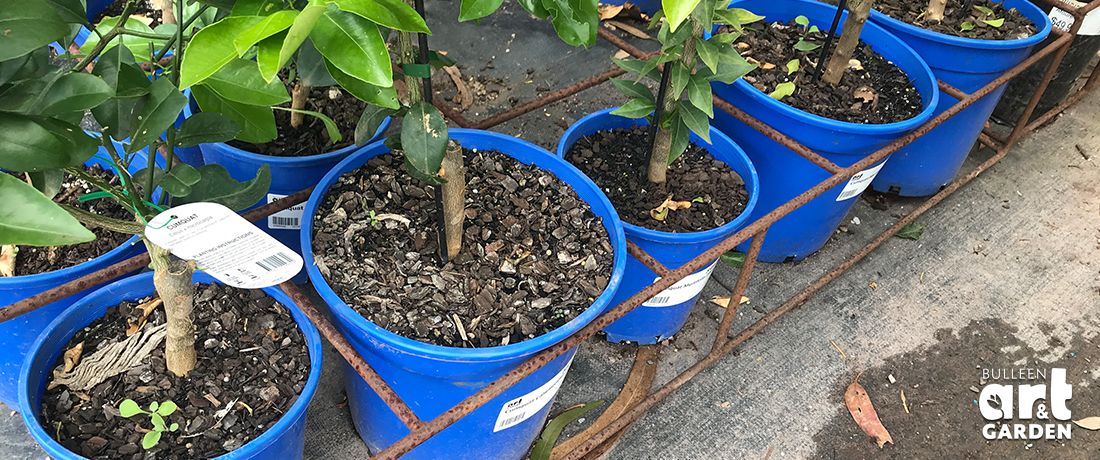
Citrus are grafted onto rootstocks in order to give the tree protection from pests and diseases, greater tolerance for specific soil conditions, a shorter time before full fruit production is reached, tolerance to cold (or heat), to drought or waterlogging. There are different rootstocks to serve different purposes. At BAAG we commonly see four different rootstocks:
Trifoliata – Poncirus trifoliata
Excellent tolerance to phytopthera, Tristeza and citrus nematode, poor resistance to Exocortis, poor tolerance to salinity and alkalinity. Excellent tolerance to poor drainage, good tolerance to sandy and loamy soils. Cold hardy. Shallow rooting, but dense fibrous roots. Generally highly fruitful with very good quality fruit. Poor drought tolerance. Incompatible with Eureka Lemon
Troyer root stock
Good phytopthera resistance, excellent Tristeza resistance, limited Exocortis tolerance, moderate nematode resistance. Good in sandy, loamy or poorly drained soils. Moderately tolerant of salinity, limited alkalinity tolerance. Very cold hardy. Gives trees high productivity and good quality fruit. Benefits from additional micronutrients, and calcareous soils leads to micronutrient deficiency. Medium rooting. Incompatible with Eureka lemon
Rough lemon
Rough lemon is a very good rootstock for producing large highly drought tolerant healthy trees with extensive lateral and vertical root development, however it tends to produce fruit rough in texture and lower in juice. These negative effects can be at least partly countered by adjusting nutrition programs but rough lemon also tends to produce larger fruit with thicker skins. Commonly used with Eureka lemons due to their incompatibility with other rootstocks.
Flying dragon rootstock – Poncirus trifoliata ‘Flying Dragon’
This citrus rootstock is used to dwarf the variety grafted onto it. It is a mutated Trifoliatia species which has hooked thorns and is much slower growing. Due to the difficulty and slowness in growing Flying Dragon, Citrus varieties grafted onto this variety are usually more expensive. It imparts the same characteristics to the scion, including cold hardiness, tolerance to root fungi and nematodes. The tree grown on this rootstock grows to about 1.5 – 2 meters in size which is about half the size of a normal citrus tree depending on the variety of tree. Dwarf Citrus trees grow well and are as strong as general types of citrus trees with the same quality and size of fruit.

